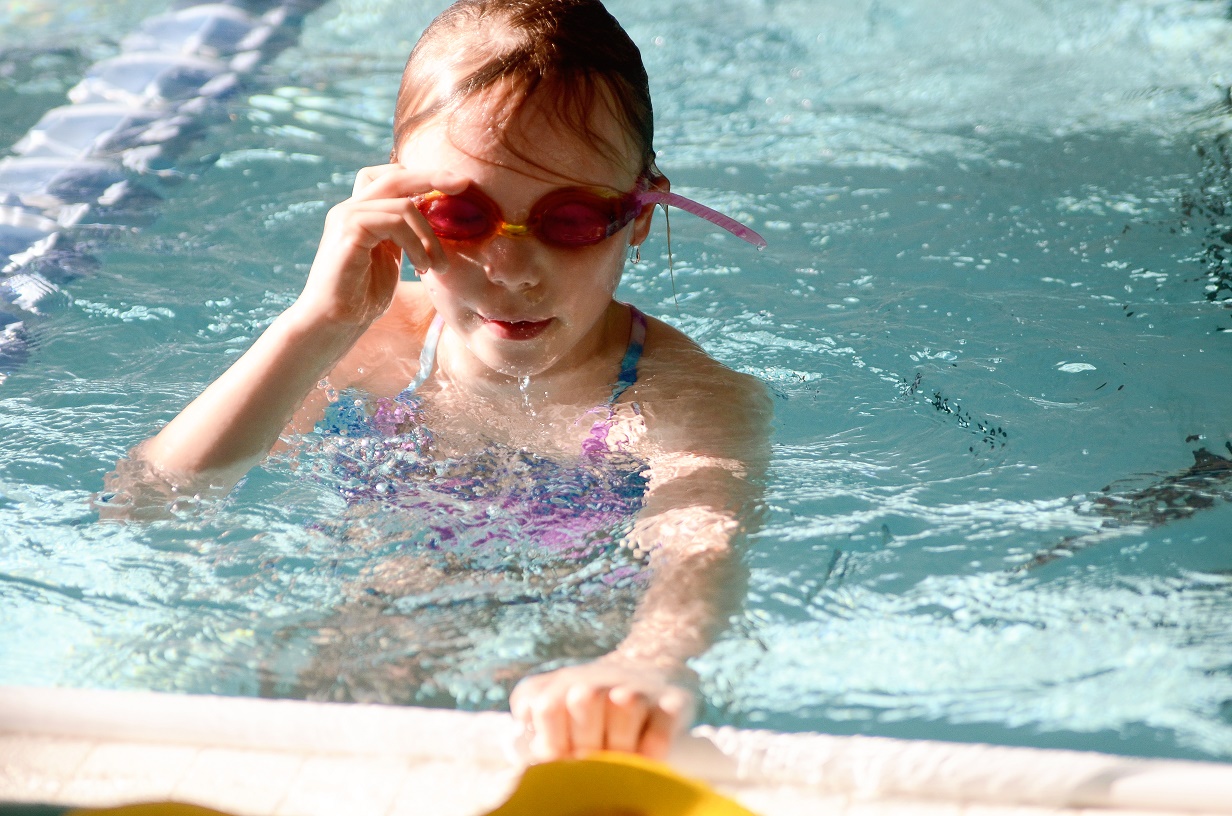
Does your developing swimmer have an enormous appetite after lessons?
Here are some of the common sense and more scientific reasons why some of those moves your swimmer is learning can burn up energy and cause the appetite surge.
If your swimmer can’t seem to resist the temptation of the vending machines that Little Otter has in its lobby, it is probably because of swimming’s energy burn.
Swimming creates enormous hunger for foods that don’t make the top of the healthy list. Apples or oranges just aren’t the objects of the young swimmer’s desire when coming from a swim.
Researchers have delved into this phenomenon, but don’t necessarily agree. Their explanations range from the simple to the incredibly complex. One of the simplest explanations, researchers note that swimmers eat more because they have more food available to them.
A little more scientific is the explanation that swimming involves using large muscle groups for an extended period of time. Swimming engages several large muscle groups – especially if you mix up your strokes. The front crawl uses muscles from the chest and the lats. The butterfly targets the shoulders, chest, and back. During one training session a swimmer can engage a significantly greater proportion of their muscles than athletes from other sports, such as cycling. A swimming session typically last longer than in other sports. A swimmer may spend three to four hours in and around the pool, whereas those cycling, running, or playing football, will rarely be exercising for more than two hours.
And then there is the explanation that involves water temperature. Swimming in colder water will burn more calories since the body expends calories to keep itself warm as well as to keep swimming.
The complexity of this theory requires more details.
The number of calories that get burned depends on body weight. You can burn anywhere from 250 to more than 400 calories for every half-hour of light intensity swimming [American Council on Exercise]. The more intense the swimming gets the more calories you burn. A half-hour of vigorous swimming, can burn as many as 600 calories.
The University of Florida did some research that was published in “International Journal of Sport Nutrition and Exercise Metabolism” showed that water temperature affects swimmers’ appetites. Study participants swam for 45 minutes in a 68-degree pool. After swimming, the participants ate 40 percent more than the control group.
And then there is the hormonal explanation. You’re rarely hungry while you’re exercising. But as soon as you’ve finished, the hunger strikes!
Researchers explain this as hormonal changes that suppress the appetite during exercise. This appetite suppression, some say, is an important evolutionary trait for humans. It means human beings can sustain exercise for a prolonged period without needing to break for food. Researchers don’t yet fully understand what hormones are involved.
There is some skepticism about this research because of methodologies, controlling variables, and sample sizes but regardless of the specifics, it does appear that swimming makes you hungrier than other similar sports [cycling, long distance running].
If your swimmer needs a snack before lessons, we suggest something light so they don’t have an upset stomach during lessons. Avoid dairy and greasy foods. A milkshake and an order of french fries is not a good choice. Try not to feed you child a full meal right before their lesson. Give them enough to tide them over and then a healthy meal after their lesson.
Sources: Fitness Magazine, Livestrong


Conversations